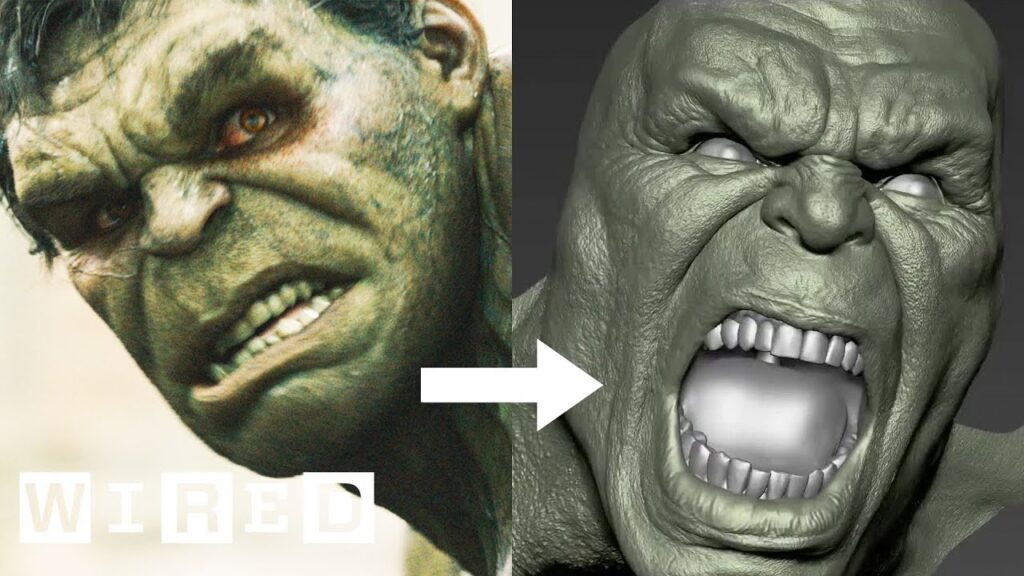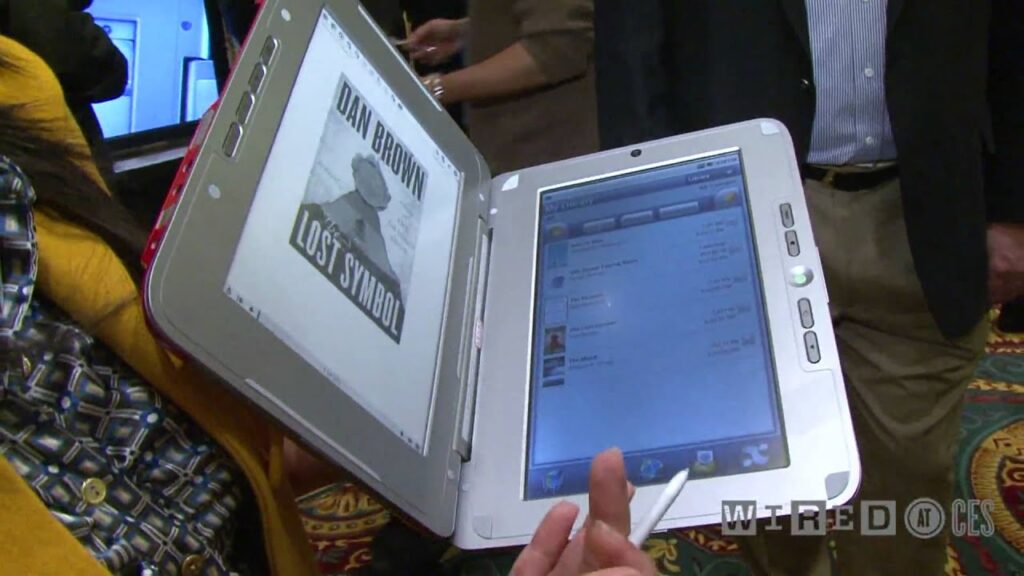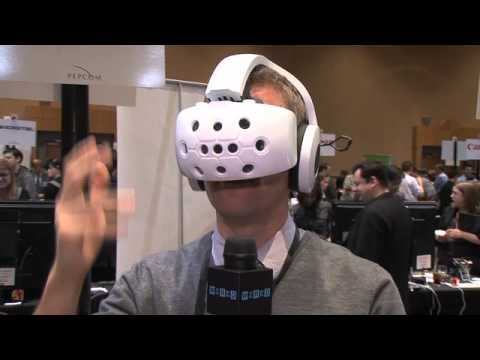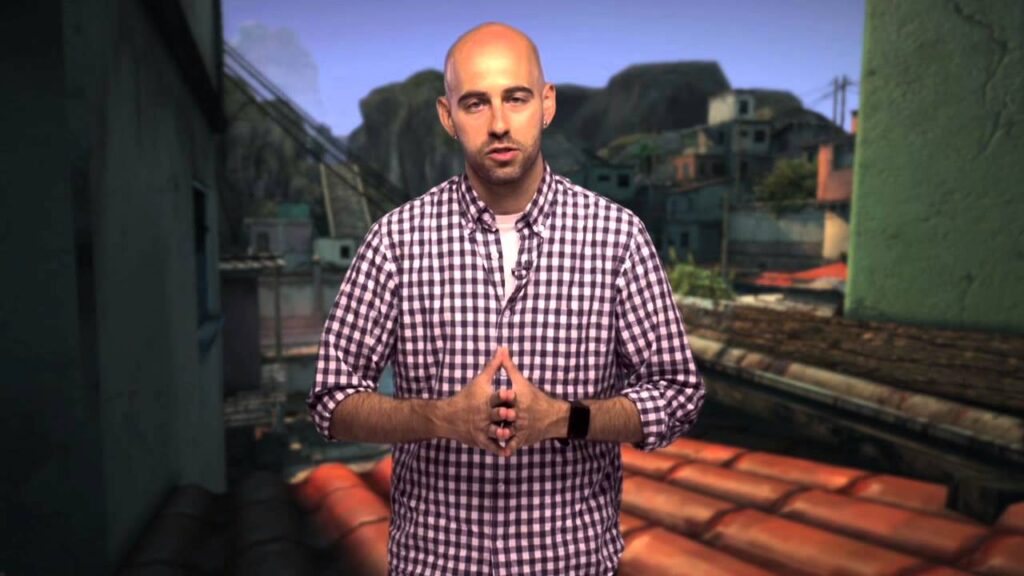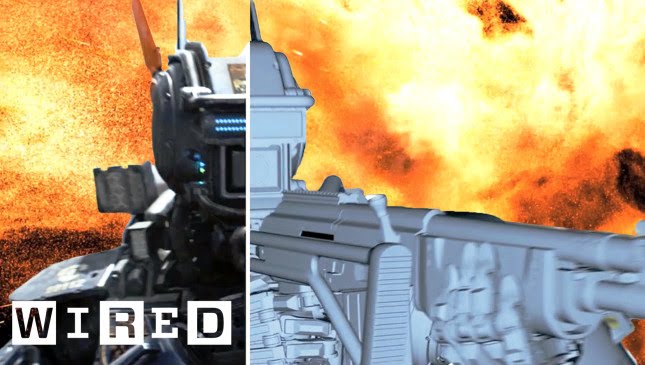Creating a Technologically Advanced Animatronic Character for Wired Magazine’s Comic Co Event
Summary
In this article, we explore the creation process of a technologically advanced animatronic character for Wired magazine’s Comic Co event. The team faced technical challenges such as battery life, weight and radio wave control, but was able to create a lifelike character that interacted with people in a natural way.
Table of Contents
- Embedding Cameras, Microphones, and Sensors
- Technical Challenges
- Animatronic Features
- Proximity Infrared Sensor System
- Art and Commerce
- Bringing the Character to Life
Embedding Cameras, Microphones, and Sensors
The team discussed embedding cameras, microphones, and sensors to make the character interactive and lifelike. They wanted the character to look autonomous yet interact with people in a natural way. They also added a voice that would react to the character’s movements, completing the magic trick.
Technical Challenges
The team faced technical challenges such as battery life and weight. They had to make decisions based on their technical limitations to balance art and commerce. The character was controlled by radio waves, which posed a challenge in terms of range and interference.
Animatronic Features
The character had animatronic features such as moving eyes and sound effects triggered by motion sensors. Despite being a simple LED, the character was able to focus on people and lead with its eyes. The team used Arduino programming to create a proximity infrared sensor system to measure distance and added lighting effects to bring the character to life.
Proximity Infrared Sensor System
The proximity infrared sensor system was used to measure the distance between the character and the person it was interacting with. This allowed the character to react in a natural way, giving the impression that it was truly alive.
Art and Commerce
The project was a balance of art and commerce. The team had to make decisions based on their technical limitations while still creating a character that would draw people in and create a sense of wonder and excitement.
Bringing the Character to Life
To bring the character to life, the team put a person in a suit and used an RC headset. This allowed the person to control the character’s movements and voice in real-time. The result was a character that drew people in and created a sense of wonder and excitement.
Conclusion
Creating a technologically advanced animatronic character is a complex process that requires a balance of art and commerce. The team faced technical challenges but was able to create a character that interacted with people in a natural way. The use of sound and lighting completed the magic trick, and the proximity infrared sensor system allowed the character to react in a natural way. Overall, the project was a success and drew people in, creating a sense of wonder and excitement.
